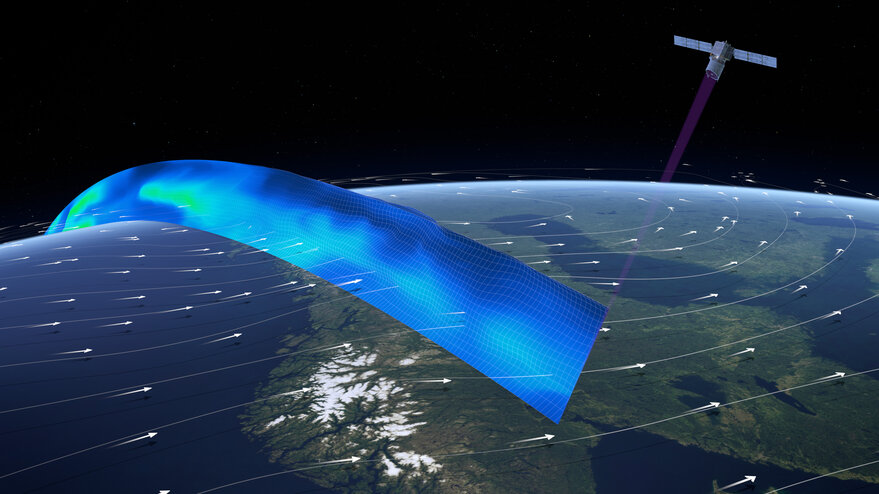SAN FRANCISCO – The National Oceanic and Atmospheric Administration is holding a series of meetings next week with potential government, academic and industry partners to discuss the agency’s plan to evaluate emerging satellite and ground architecture technologies.
NOAA released three Broad Agency Announcements April 29. Two of the BAAs focus on satellite sensors: one to measure atmospheric winds in three dimensions and a second for hyperspectral microwave remote sensing observations. In addition, NOAA is seeking information on a digital twin system for Earth observations using artificial intelligence.
“The ultimate goal is to improve the forecast skills of NOAA,“ Sid Boukabara, principal scientist at NOAA’s Satellite and Information Service Office of System Architecture and Advanced Planning, told SpaceNews. “These technologies have the potential to take us a leap forward in our ability to provide good data to our customers.”
Gathering data in the microwave portion of the electromagnetic spectrum is a key ingredient of accurate weather forecasts. NOAA currently relies on the Northrop Grumman Advanced Technology Microwave Sounder, which gathers data in 22 channels, flying on polar-orbiting weather satellites.
Future microwave sounders could “sample at a much higher spectral resolution and would have potentially hundreds of channels,” Boukabara said. “By having a lot more channels, we will be able to better measure the temperature and moisture in the atmosphere.”
Measuring the vertical distribution of atmospheric wind from space is another NOAA goal. For now, meteorologists determine wind direction and intensity by observing the motion of moisture in the atmosphere.
“What we are seeking here is to complement that by assessing technologies that will give us the entire vertical profile of the wind in the atmosphere,” Boukabara said. “Ideally, we would like to see a comparison between the different technologies so that we can learn the pros and cons of each one and see what their impact is on the NOAA mission.”
One possible technological solution is a Doppler wind lidar like the one the European Space Agency launched in 2018 on Aeolus.
To update the ground architecture, NOAA officials are eager to explore the potential of digital twin technology.
“Digital twin has been applied in other fields,” Boukabara said. “What we are trying to do is leverage that to apply it to the Earth science.”
NOAA’s current ground system architecture acquires data from satellite sensors operated by NOAA and its partners around the world. Each sensor produces a variety of data products related to different parts of the world and times of day.
“What we want to do is basically fuse all the data and put it into a digital replica of the Earth environment from ocean to atmosphere to cryosphere all the way to space weather,” Boukabara said.
With a common user interface, NOAA could establish a one-stop shop where data customers can select the type of data, the region and the time of the day that they are interested in.
It’s important for NOAA to begin evaluating tools for fusing data because of the proliferation of weather satellites and sensors.
NOAA’s National Weather Service already gathers data from dozens of satellites. As the agency moves toward reliance on smaller satellites in low Earth orbit and more commercial data sources, the volume of weather data is expected to surge.
“It’s a good problem to have because it means we have more data,” Boukabara said.
While NOAA is eager to evaluate the new technologies, it’s too soon to say when or if the agency will procure any of them.
“The goal is to collect data and learn from it,” Boukabara said. “How well does this technology work? What’s the quality of the data? What’s the impact on the NOAA systems?”
Only after answering those questions, will NOAA officials determine how these advanced technologies could fit into the future architecture.
